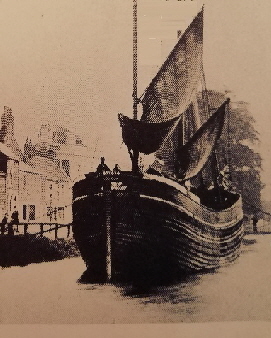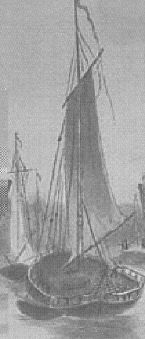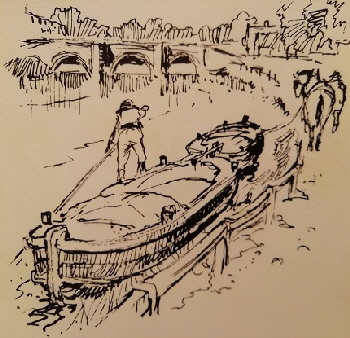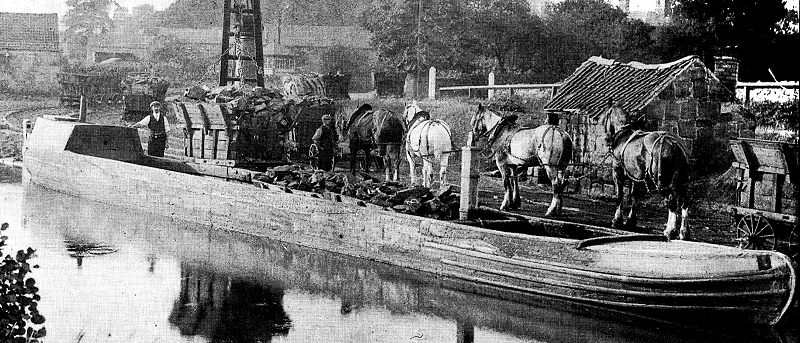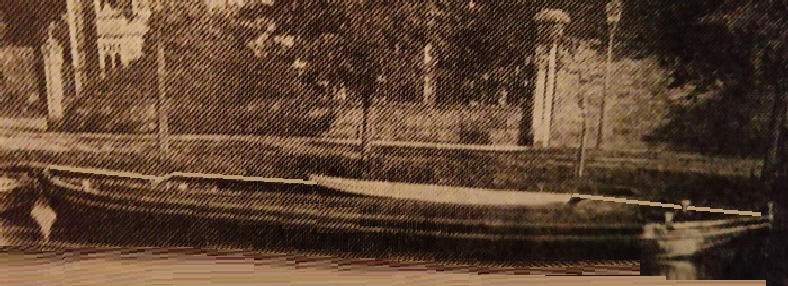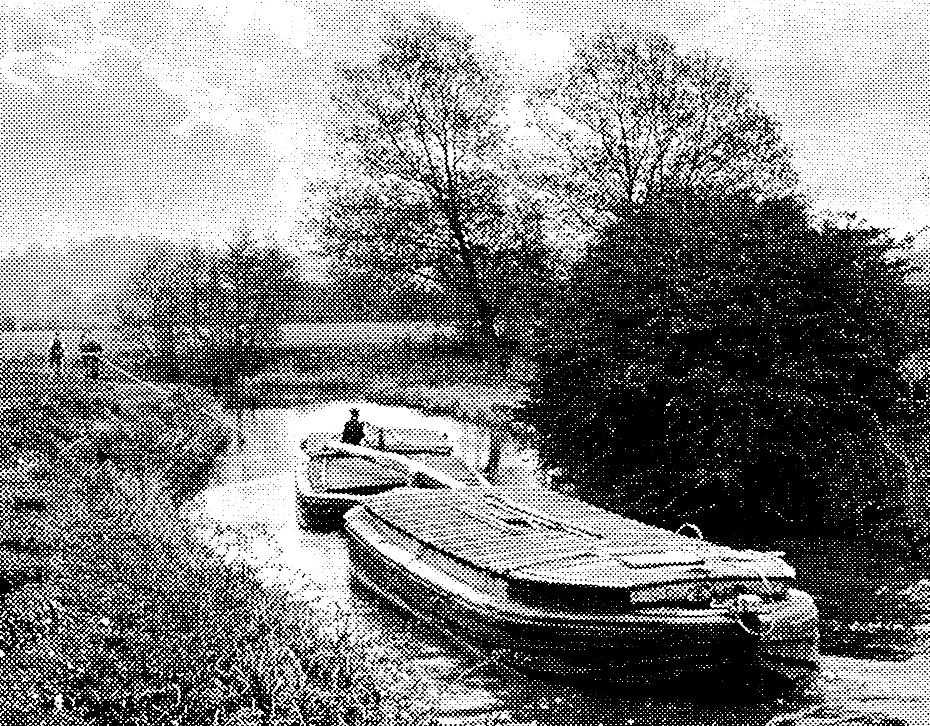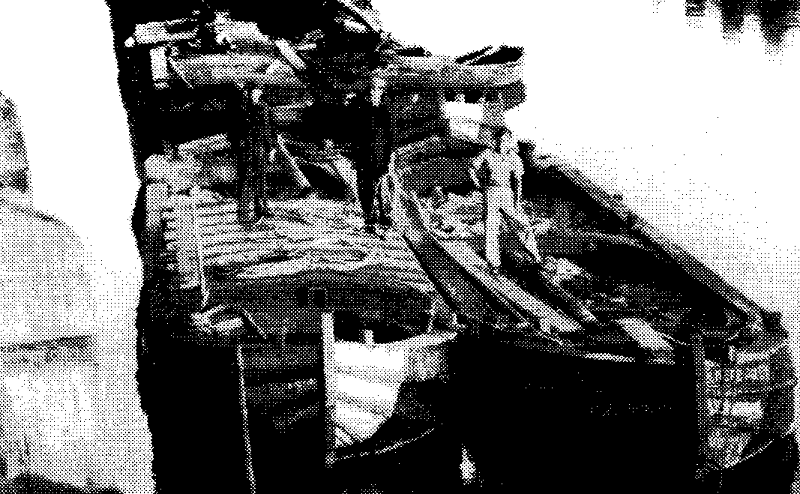Who owned and piloted the boats?
Obviously leaseholders managed the waterways (or were supposed to!) and collected taxes at each lock for its use, but then there were the actual owners of the vessels traveling up and down the Stamford Canal and the River Welland, earning their way by providing the bulk transport of the goods from the suppliers to the purchasers along the way.
Goods were transported by large sailing boats as far as possible - at least as far as Fosdyke, or Spalding if the tide or river flow was deep enough then trans-shipped and pulled by smaller sailing barges and/or horses and man-power the rest of the way.
The only records we have found up to now are from 1795 but they are very informative.
The Stamford Town Council’s ‘Register of Vessels on the River Welland’ gives the owners, masters and servant’s names as well as the boats they managed, complete with the weights they could carry.
The register allowed these owners the right to ply their trade over the 40 miles of the navigation between Stamford and Fosdyke. Much like car registration these days, the council wanted to keep track of the vessels being used on ‘their’ canal!
Reading between the lines of the register, it would appear that from 1670 to 1795, a total of 94 vessels had been registered but just 32 were in use that year. The 4 company owners attended the Stamford office to register them over 3 dates at the end of August and they were numbered in that sequence, so the numbers were purely for accounting purposes that year. The Ref.No is a better reflection of where this boat fitted in with the hierarchy.
Apart from 3 vessels registered by John Smith & Son of Deeping St James and 4 from Joseph Johnson of Deeping Gate, the other vessels were registered in Stamford by Hunt & Stevenson (7) and Thomas Smith (18).
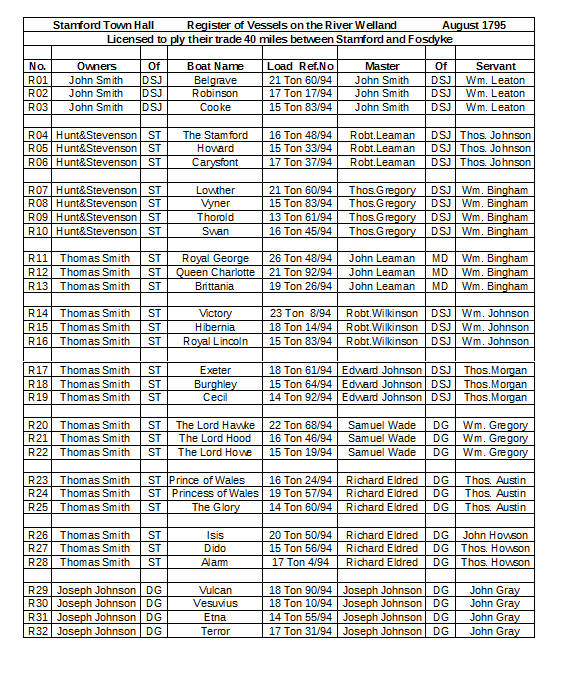 These figures give us a truer insight into how the passage of vessels took place, rather than just comments from previous writers. The 3 or 4 lighters in a chain going up and down can clearly be seen above - each mastered by one person and his servant. (Pity there were no horses named!!)
These figures give us a truer insight into how the passage of vessels took place, rather than just comments from previous writers. The 3 or 4 lighters in a chain going up and down can clearly be seen above - each mastered by one person and his servant. (Pity there were no horses named!!)
The weights are interesting in that they show the lead boat ‘seems’ to be the heaviest (and going the furthest?). It seems quite obvious now, looking at these figures, that there was a constant shuttle service going on up and down the canal with multiple lighters from different companies being dropped off at villages along the way for unloading, reloading and then being collected on the way back down.
Obviously the Stamford owners would have had the best opportunity to mix and match vessels going up and especially going back down as it was only the lead vessel that was designated and that could change at either end depending on the availability (and urgency) of a return load.
(Reminds me of when I used to have 2 cars and swapped the tax disc over when necessary!!)
Obviously transport of coal up to and carriage of goods out of Stamford was the main reason for the canal. The later use by traders for other goods in both directions gave a far wider market for both producers and consumers as the waybill above shows.
This is an early view of the variety of vessels in the pool of London where goods from elsewhere in Europe and the world were being traded:-
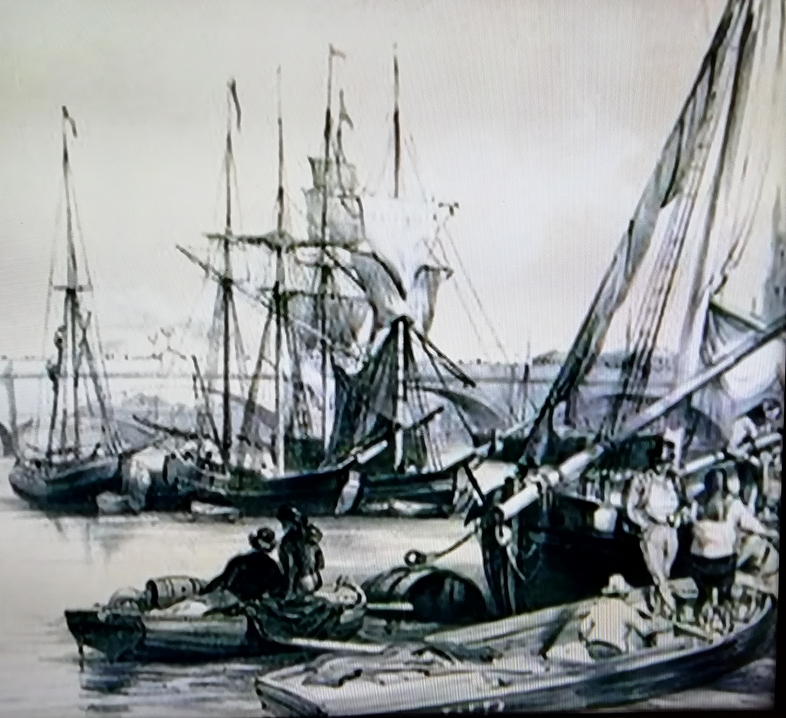
and the same a while later:-
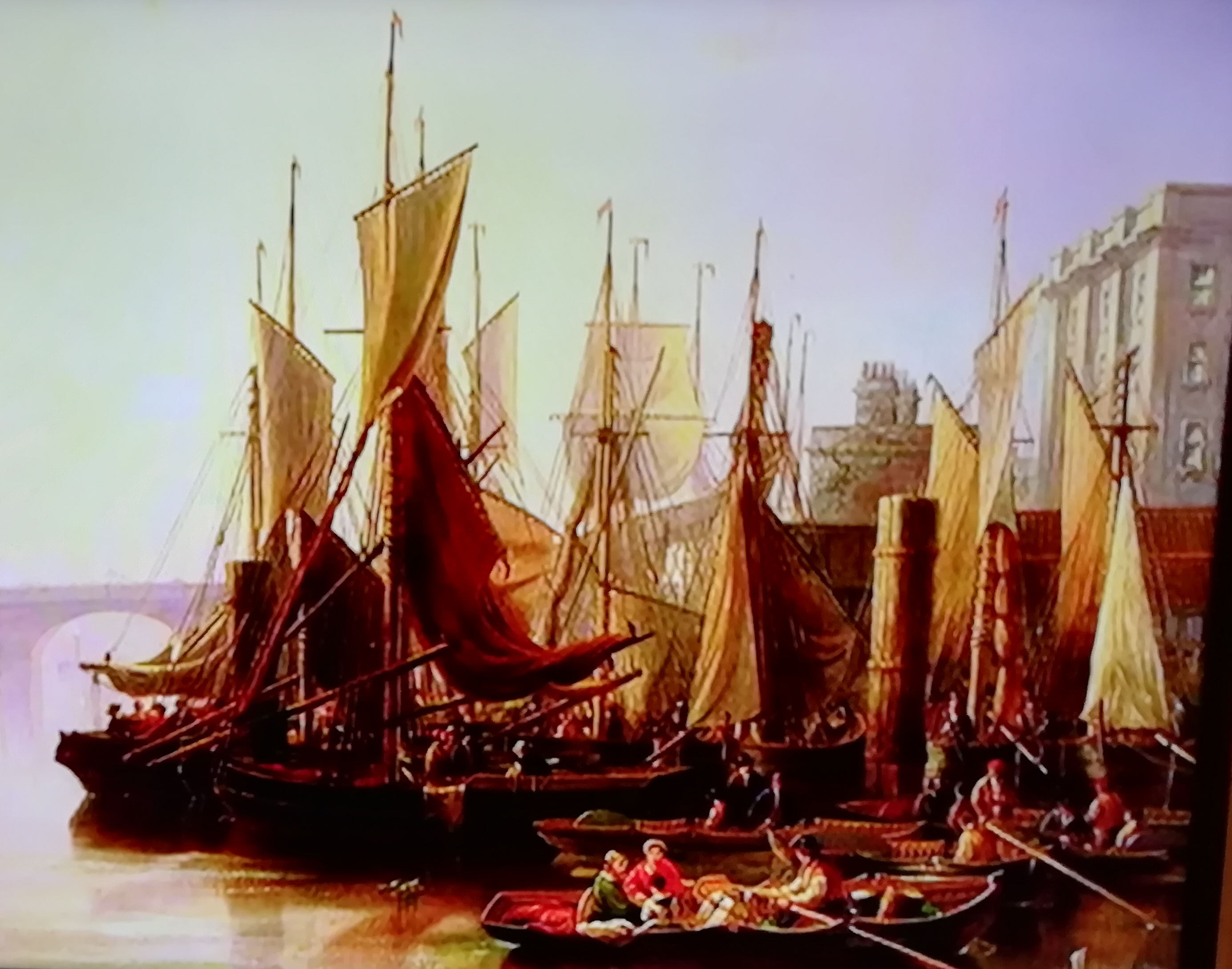
No doubt Burghley House had many of its supplies brought in this way!
The Stamford Canal << The earliest proper canal in England? <<
